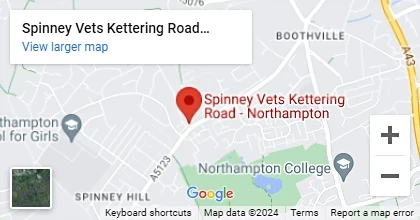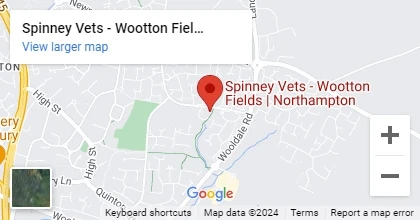Being a 'sleepy head' or unable to get out of bed? This article will help you know how to spot arthritis and other degenerative conditions in your dog or cat.
Arthritis is a painful degenerative joint disease that affects many of our older or more vulnerable pets. It can sometimes be difficult for owners to recognise the subtle signs and symptoms of arthritis. However, recognising these symptoms can identify if your pet is suffering from a degenerative joint problem, and help us to get them back on their feet again.
How can I tell if my dog is suffering from arthritis or joint pain?
If your dog is suffering from arthritis or joint pain they may exhibit one or more of the following symptoms:
* Lameness
* Stiffness (particularly after resting or exercising)
* Licking joints
* Reduced enthusiasm for walks
* Reluctance to rise or move
* Reduced joint movement in colder temperatures
* Irritability/aggression when touched
How can I tell if my cat is suffering from arthritis or joint pain?
If your cat is suffering from arthritis or joint pain they may exhibit one or more of the following symptoms:
* Reduced jumping
* Difficulty climbing stairs, using the litter tray or cat flap
* Stiffness (particularly after resting)
* Spending more time resting or sleeping
* Reduced interaction
* Reduced grooming behaviour and matted coat
* Overgrown claws
* Irritability or grumpiness when touched
If you are worried that your pet is demonstrating any of these symptoms, book in for a senior pet health check. Your vet will ask some questions about your pet and perform a full clinical examination. They may sometimes recommend further investigation such as X-rays before making a diagnosis. They will make a treatment plan for your pet which may include:
* Weight loss
* Controlled exercise plans
* Physiotherapy or hydrotherapy
* Joint supplements
* Pain killing medication
Together, these treatments can make a huge improvement to your pets quality of life. Degenerative joint diseases can have a subtle yet serious impact on how your pet moves and reacts; many people tell us that they hadn’t realised how uncomfortable their pet was until they started treatment. After the course, however, they noticed a huge improvement in their pets behaviour and found them pain free once again.
For more information or to make an appointment, please contact your local Spinney Vets branch.








Pet Help Advice